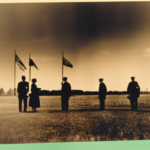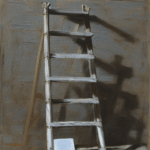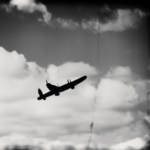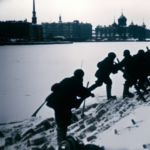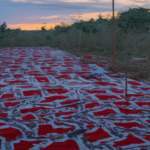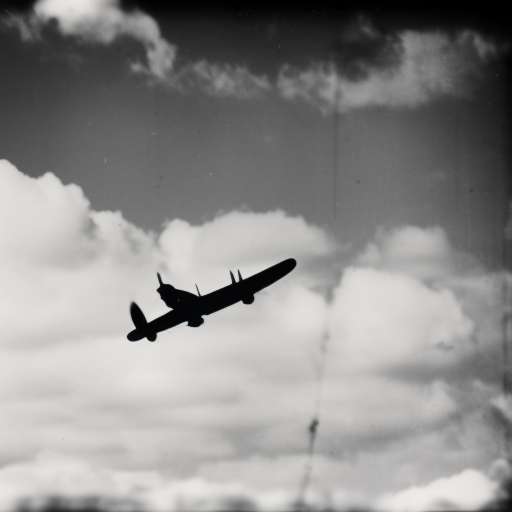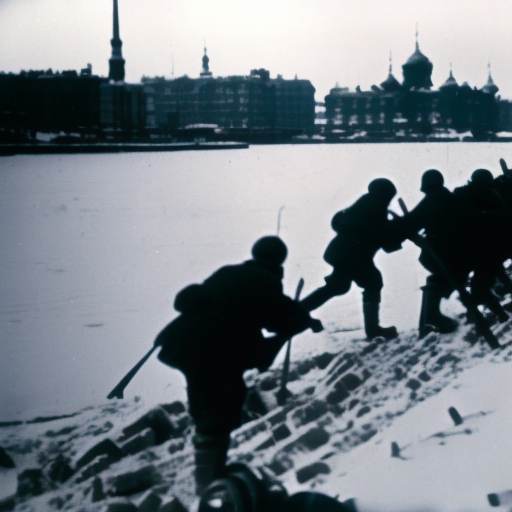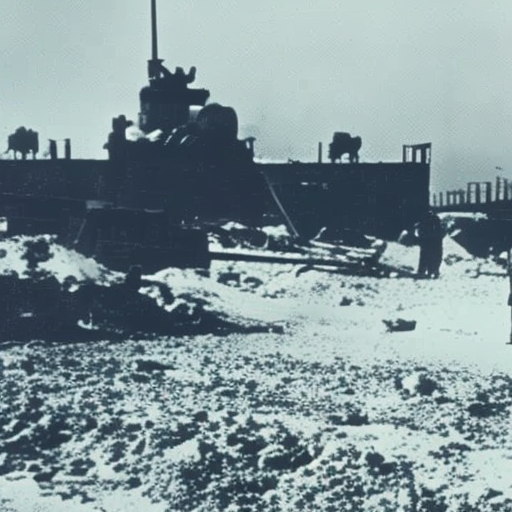The Battle of Britain (1940)
The Battle of Britain was a major air campaign fought between the British Royal Air Force (RAF) and the German Luftwaffe during World War II. It took place from July to October 1940 and was a crucial turning point in the war, as it prevented Germany from gaining air superiority over Britain and potentially launching a successful invasion.
Background:
After the fall of France in June 1940, Britain stood alone against Nazi Germany. Adolf Hitler planned to invade Britain, but recognized the need to neutralize the RAF and gain control of the skies first. The Luftwaffe launched a series of attacks on British airfields, radar stations, and cities in an attempt to weaken the RAF and pave the way for an invasion.
The Battle:
The Battle of Britain began in earnest on July 10, 1940, with the Luftwaffe launching large-scale attacks on British airfields and radar installations. The RAF, under the leadership of Air Chief Marshal Hugh Dowding, employed an effective defense strategy known as “Dowding System,” which utilized radar technology to detect incoming enemy aircraft and direct RAF fighters to intercept them.
The Luftwaffe initially targeted RAF airfields and infrastructure, hoping to destroy the RAF’s ability to launch effective counterattacks. However, the RAF’s decentralized command structure and the resilience of its pilots allowed them to quickly repair and replace damaged aircraft and continue the fight.
As the battle progressed, the Luftwaffe shifted its focus to bombing British cities, particularly London, in an attempt to break civilian morale and force the British government to surrender. This change in strategy, known as the “Blitz,” provided some relief to the RAF as it allowed them to regroup and repair damaged airfields.
The RAF’s Advantage:
The RAF had several advantages that contributed to its success in the Battle of Britain. Firstly, the British had developed an advanced radar system, which gave them early warning of incoming enemy aircraft. This allowed the RAF to scramble their fighters and intercept the Luftwaffe before they reached their targets.
Secondly, the RAF had superior aircraft, such as the Spitfire and Hurricane, which outperformed most of the German planes. These aircraft were more maneuverable and had better firepower, giving the RAF an edge in dogfights.
Thirdly, the RAF had a highly skilled and motivated pilot force. Many of the British pilots were experienced and had honed their skills during the Battle of France. They were also fighting to defend their homeland, which provided them with extra determination.
The Turning Point:
By September 1940, the Luftwaffe had failed to achieve its objectives. The RAF had successfully defended Britain against the German onslaught, inflicting heavy losses on the Luftwaffe. Hitler postponed his plans to invade Britain indefinitely, shifting his focus to the upcoming invasion of the Soviet Union.
The Battle of Britain was a significant turning point in World War II. It demonstrated that Hitler’s seemingly invincible war machine could be defeated, boosting the morale of the British people and their allies. It also marked the first major defeat for Germany in the war and forced a change in Hitler’s strategy.
Legacy:
The Battle of Britain remains a symbol of British resilience and determination. It showcased the importance of air power in modern warfare and highlighted the effectiveness of radar technology. The bravery and sacrifice of the RAF pilots, known as “The Few,” are still celebrated today.
In conclusion, the Battle of Britain was a critical event in World War II, where the RAF successfully defended Britain against the Luftwaffe’s attempts to gain air superiority. Through the use of advanced radar technology, superior aircraft, and skilled pilots, the RAF emerged victorious and prevented a German invasion. The battle boosted British morale, demonstrated the vulnerability of Hitler’s forces, and marked a turning point in the war.
